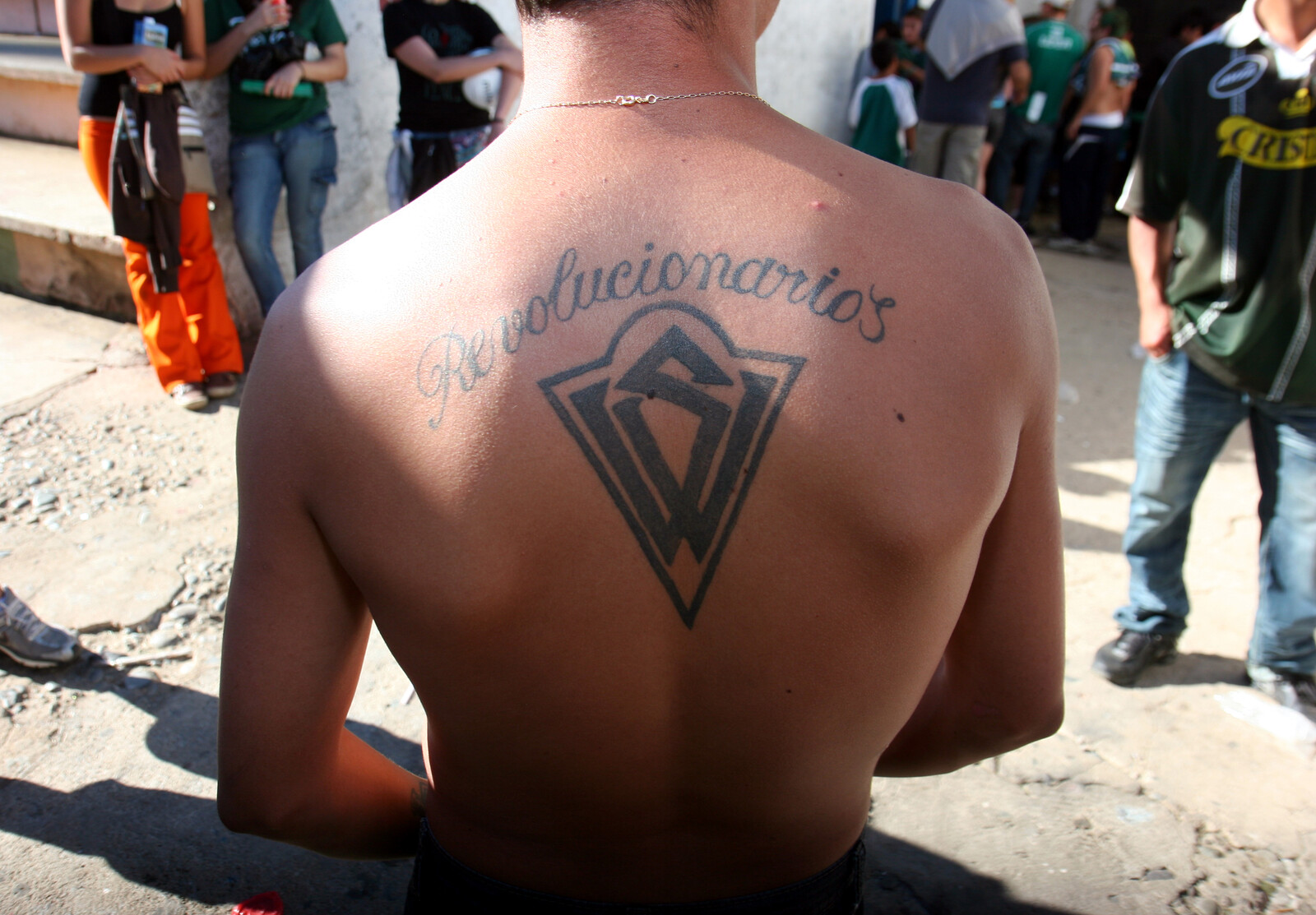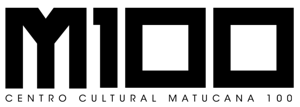(Land or Liberty!)
April 14–June 12, 2016
Estación Central, Región Metropolitana
Av. Matucana 100,
9170023 Santiago
Chile
Centro Cultural Matucana 100 in Santiago de Chile presents under the header Patria o libertad! (Land or Liberty!) four exhibitions curated by Paco Barragán articulated around the concepts of patriotism, nationalism and populism.
Ethnic conflicts, referendums for self-determination, mystification of unreal historical events and characters, false re-readings of history, forced emigrations—politicians channel the frustrations of the citizen towards political, ethnical and religious fundamentalisms.
As such, the recent bombings in Europe and the refugee crisis are only two of many examples of the profound philosophical, political, social and economic crisis of contemporaneity, deeply entrenched in a destabilizing neo-conservatist globalization that has brought new but negative excitement to ideas like home(land), country or nation.
Patria o libertad! On Patriotism, Nationalism and Populism
Artists: Johanna Reich, Santiago Sierra, Claudia del Fierro, Adel Abidin, Karlo Ibarra, Rosell Meseguer, Kaoru Katayama, José Ángel Toirac, Enrique Ramírez, Maja Bajevic, Pedro Tyler, Katri Walker, Marc Bijl, and Krisdy Shindler.
Patria o libertad! On Patriotism, Nationalism and Populism is a group show featuring works from 15 Chilean and international artists. The exhibition is divided in three parts:
–”Histories and Heroes” is centered around the spoken/written word: Maja Bajevic, José Ángel Toirac, Rosell Meseguer, Katri Walker, and Emilio Chapela
–”Flags and Monuments” deals with the image and its symbolism—flags, monuments, statues, busts and other paraphernalia: Marc Bijl, Claudia del Fierro, Johanna Reich, Pedro Tyler, and Krisdy Shindler
–”Anthems and Marches” revolves around sound and music: Karlo Ibarra, Kaoru Katayama, Adel Abidin, Enrique Ramírez, and Santiago Sierra
The narrative, the visual and the auditory converge in the exhibition’s logical structure, tackling serious subjects with humor, irony and parody.
Co-production with COBRA Museum, Amsterdam and MoCCA, Toronto
Nicola Verlato: How the West was Won (Trilogia Americana)
The solo project Nicola Verlato: How the West was Won (Trilogia Americana) presents, through three iconic paintings, a critical review of the North American mythos of a land of promise: a Native American lies dead and buried under snow; a black slave hides in a hole, chased by a mob; and, finally, a Mexican immigrant is pursued by a helicopter while he attempts to jump the wall that separates Mexico from the United States.
This trilogy by Italian Nicola Verlato is also a commentary on the disappearance of images from the space of painting in particular, and Western culture in general operated by Anglo-Saxon iconoclasm.
German Tagle: Don’t You Think I Will Rip Out All those Things that Flash Through My Mind like a Lightning
The second solo site-specific project has been conceived by Chilean artist German Tagle, who delves into his own family history by departing from a picture of his grandfather dressed as a soldier and mounted on a horse. This image inevitably recalls Chile’s most recent military dictatorship while it negotiates, from a very personal perspective, concepts like family, patriotism and nation.
Throughout the exhibition, German Tagle will paint a mural and then delete it in what can be considered a symbolic act of understanding identity as a continuous and unstable (re)construction process.
Offside/Fuera de juego. Renegotiating the Nation as Imagined Community through Sport
Artists: DEMOCRACIA, Iván Candeo, ANTUAN
We close our investigation through a closer look at sport as a pastime that enhances—as Benedict Anderson would put it—imagined communities.
The Spanish collective DEMOCRACIA collaborates with the Panzers—the supporters of Valparaíso’s soccer team the Wanderers—in staging a challenging experiment by turning the stadium into a place for socio-political demands; in turn, Venezuelan Iván Candeo tackles the revival of utopian ideals in Chavez’s Venezuela: a professional cyclist is warming up in front of a mural of El libertador (Simón Bolivar) but doesn’t seem to progress; finally Cuban artist ANTUAN delves into the blurred limits between left and right politics.
Before Commander Castro founded the new communist regime in Cuba, the Cuban coins had an image of José Martí with the inscription “Patria y libertad” (Land and Liberty); Castro changed the slogan for “Patria o muerte” (Land or Death). As of today, more and more citizens are reluctant to die for their countries, and maybe nationalism has just turned the actual dilemma into a choice between patria/land or libertad/liberty…
Press contact: prensa [at] m100.cl





